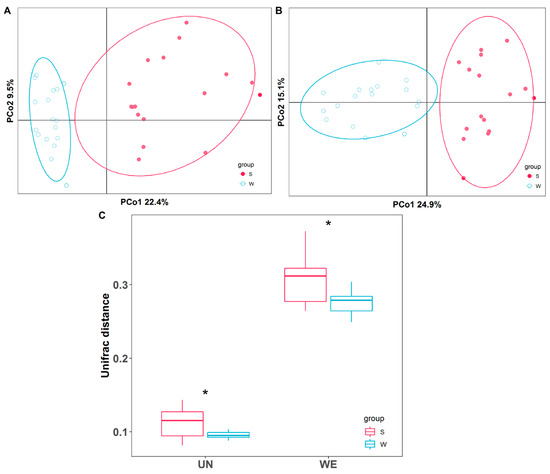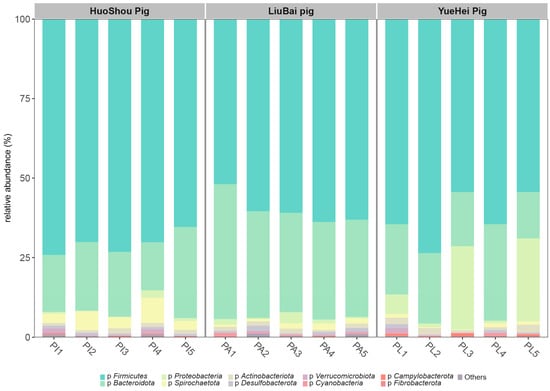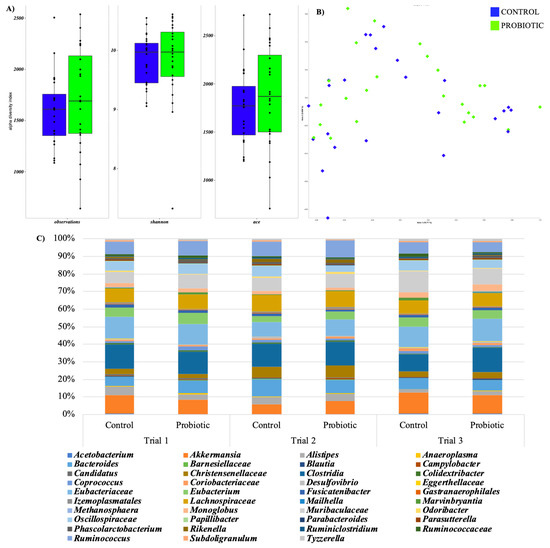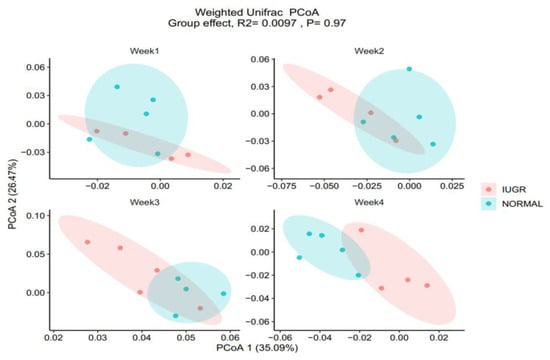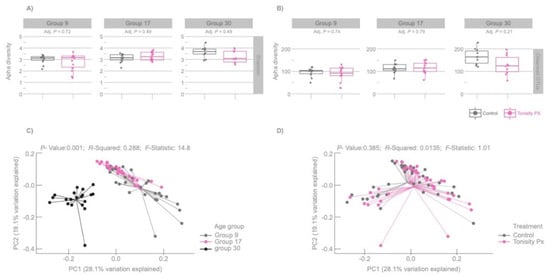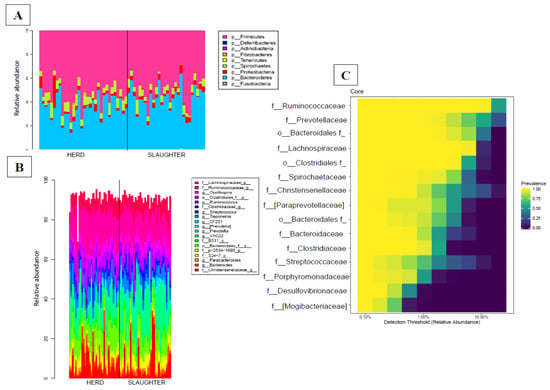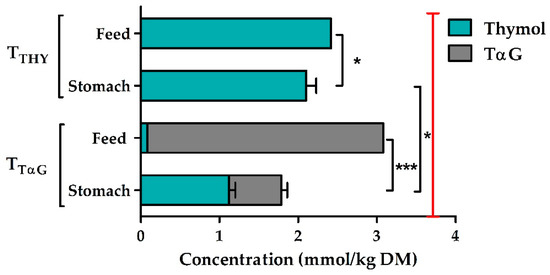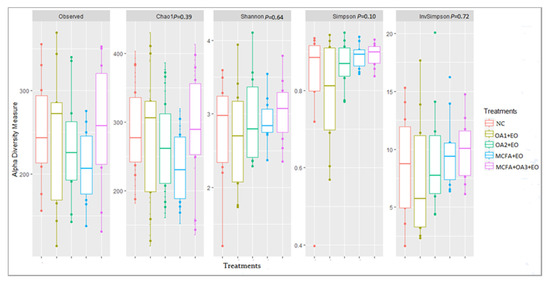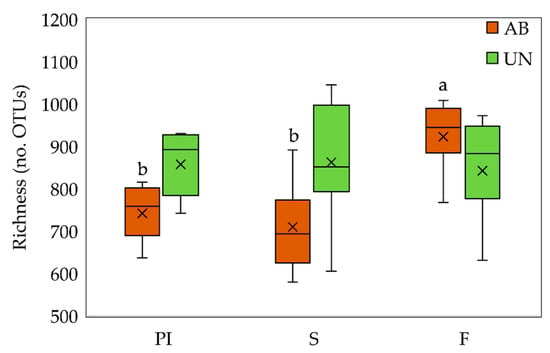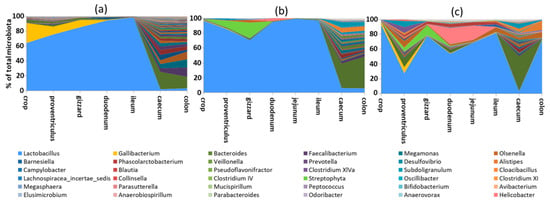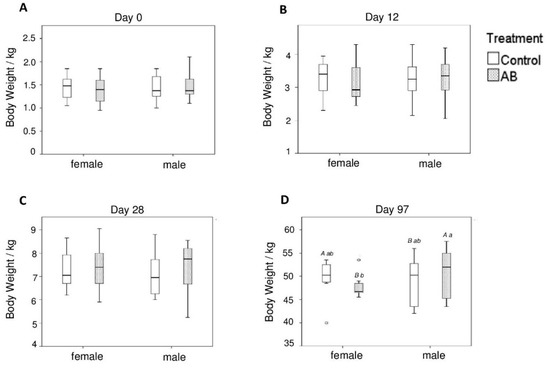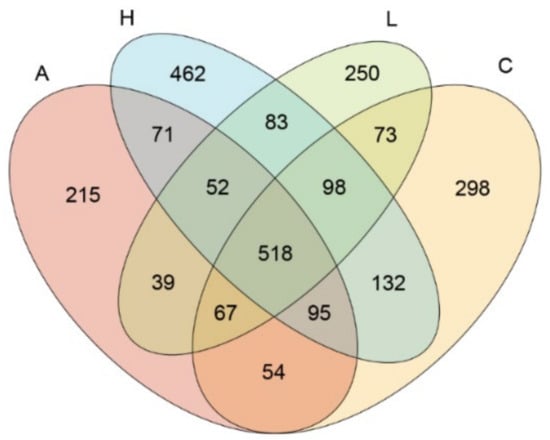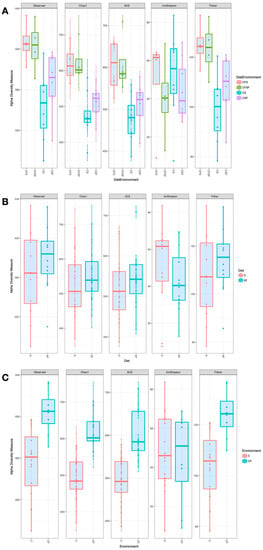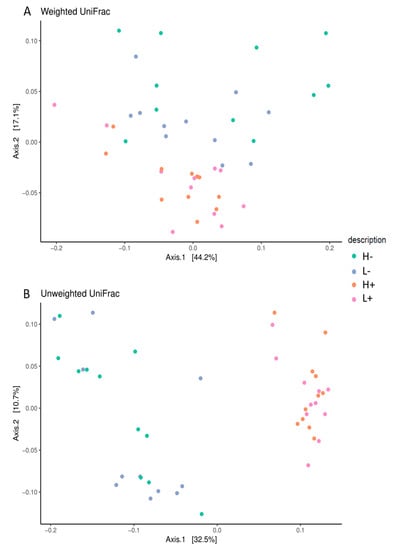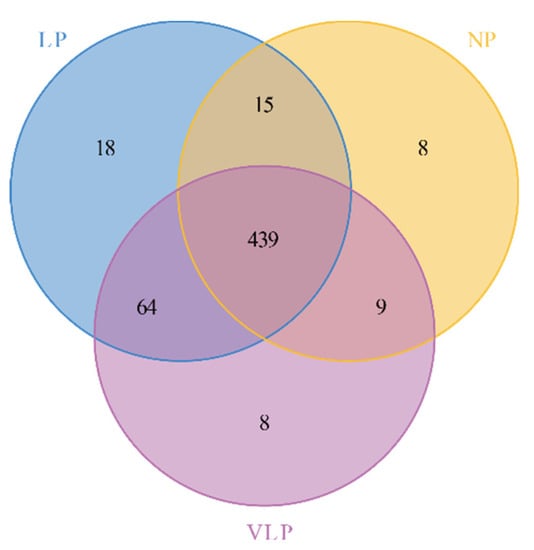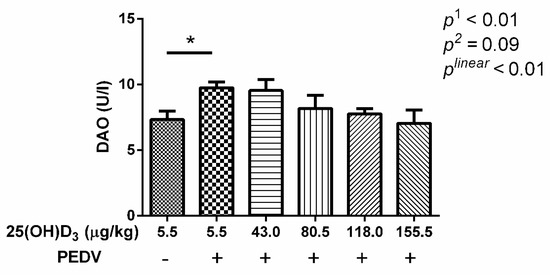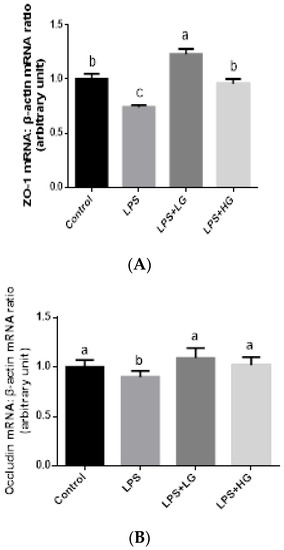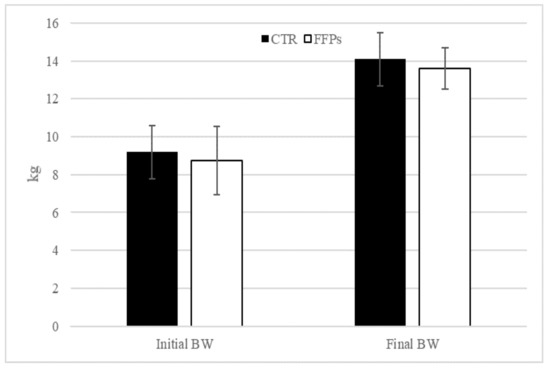Gut Microbiota and Growth and Health of Monogastric Farm Animals
A topical collection in Animals (ISSN 2076-2615). This collection belongs to the section "Animal Physiology".
Viewed by 85491Editors
Interests: gut health evaluation; morpho-histology; immunohistochemistry; mucin evaluation; neuromuscular diseases; animal model; host/pathogens interactions in comparative medicine
Special Issues, Collections and Topics in MDPI journals
Interests: feeding of pigs; weaning; physiology; microbiology; immunity and health of the pig's digestive tract; nutrigenomics of the pig
Special Issues, Collections and Topics in MDPI journals
Topical Collection Information
Dear Colleagues,
Studies on human and mice microbiota have evidenced the relevance of a well-balanced and rapidly established microbiota community in the gut for the host health and well-being. Research has provided new methods and accessible database on microbiota genome annotation and functions. The settlement of the gut microbiota in monogastric farm animals is a complex succession of events denoted by a longitudinal progression in time (birth to adult) and space (proximal to distal). This is reciprocally regulated by a continuous talk with the host functional adaptation and response, starting from the mother environment, with a partial continuity towards any environmental change. There is urgent need of research on rules that dictate the interplay between the host and the microbiota in the context of environmental constrains, including, firstly, the diet. This could support new management and feeding strategies to face the new challenges imposed by raising costs, consumers’ demands, and safety of the final products and of the farm environment.
We invite original research papers that address improved methods for the study of the gut microbiota of monogastric farm animals, its progression during host life, and its adaptation to different segments of the digestive tracts. Also of interest are studies that introduce and test new methods to positively and rapidly manipulate the gut microbiota, assess its association with the efficiency of use of the diet by the animal and the impact on animal health and well-being, and unravel the mechanistic effects, including those related to the development of mucosa-associated lymphoid tissue. Additional topics may include the effect of breed, genetic lines, and individuals on the gut microbiota of monogastric farm animals, also in light of the development of more tailored and precise farming practices for animals.
Note: Prof. Dr. Paolo Bosi served as academic editor from 2019.5 to 2023.9; Prof. Dr. Maria Teresa Capucchio served as academic editor since 2023.10.
Prof. Dr. Maria Teresa Capucchio
Prof. Dr. Paolo Bosi
Collection Editors
Manuscript Submission Information
Manuscripts should be submitted online at www.mdpi.com by registering and logging in to this website. Once you are registered, click here to go to the submission form. Manuscripts can be submitted until the deadline. All submissions that pass pre-check are peer-reviewed. Accepted papers will be published continuously in the journal (as soon as accepted) and will be listed together on the collection website. Research articles, review articles as well as short communications are invited. For planned papers, a title and short abstract (about 100 words) can be sent to the Editorial Office for announcement on this website.
Submitted manuscripts should not have been published previously, nor be under consideration for publication elsewhere (except conference proceedings papers). All manuscripts are thoroughly refereed through a single-blind peer-review process. A guide for authors and other relevant information for submission of manuscripts is available on the Instructions for Authors page. Animals is an international peer-reviewed open access semimonthly journal published by MDPI.
Please visit the Instructions for Authors page before submitting a manuscript. The Article Processing Charge (APC) for publication in this open access journal is 2400 CHF (Swiss Francs). Submitted papers should be well formatted and use good English. Authors may use MDPI's English editing service prior to publication or during author revisions.
Keywords
- pig
- poultry
- rabbit
- gut microbiota
- beneficial microbes
- prebiotic
- mucosa-associated lymphatic tissue
- gut physiology
- antimicrobial
- animal genome






